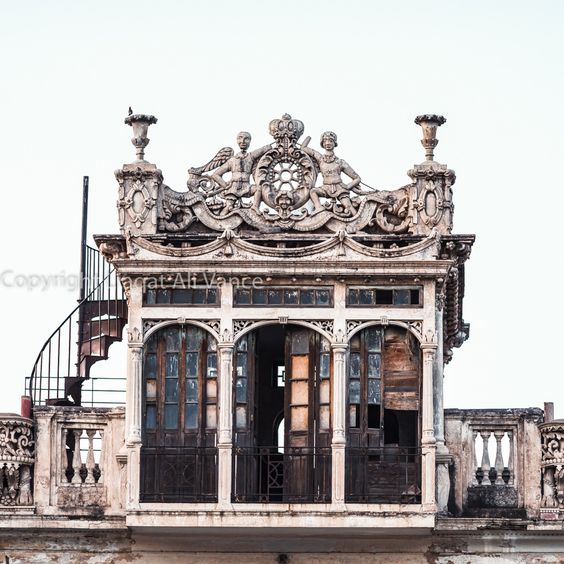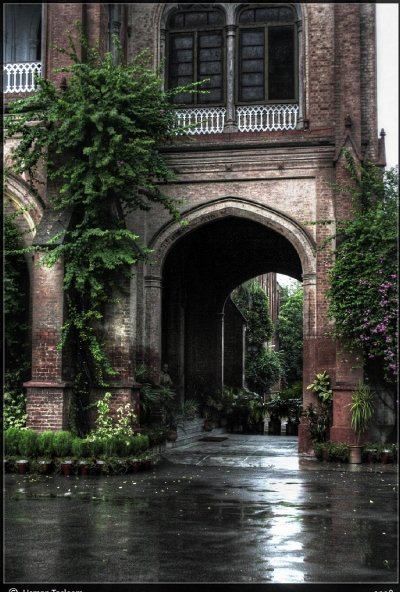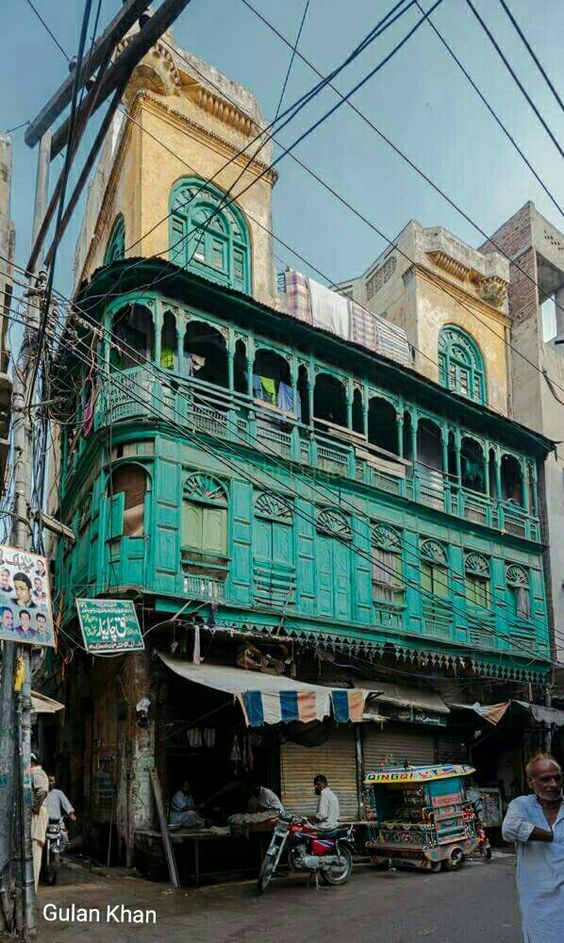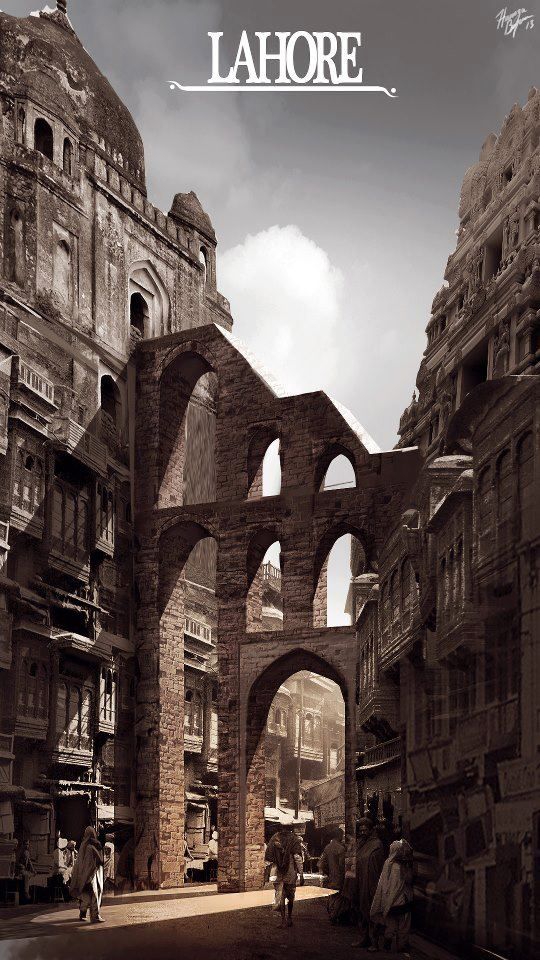How to install the app on iOS
Follow along with the video below to see how to install our site as a web app on your home screen.
Note: This feature may not be available in some browsers.
You are using an out of date browser. It may not display this or other websites correctly.
You should upgrade or use an alternative browser.
You should upgrade or use an alternative browser.
Pictorial History - Cultural, Artistic, Natural Heritage of Pakistan
- Thread starter Indus Pakistan
- Start date
Green Arrow
SENIOR MEMBER

- Joined
- Aug 26, 2014
- Messages
- 3,808
- Reaction score
- 5
- Country
- Location
ghazi52
PDF THINK TANK: ANALYST

- Joined
- Mar 21, 2007
- Messages
- 103,685
- Reaction score
- 106
- Country
- Location
c. 1860: Rare Photo of last Mughal Emperor - The King of Delhi Bahadur Shah Zafar during his exile - Archive150
Bahadur Shah Zafar (1775-1862) was the last Mughal Emperor of India, contemptuously dubbed the 'King or Emperor of Delhi' by the British. He is shown here in exile in Burma in the aftermath of the Indian Mutiny (1857-1859). Although there were calls for his execution, a promise had been made on his surrender that his life would be spared. Most of his sons suffered a worse fate; after they had surrendered the British killed them in cold blood.

Bahadur Shah Zafar (1775-1862) was the last Mughal Emperor of India, contemptuously dubbed the 'King or Emperor of Delhi' by the British. He is shown here in exile in Burma in the aftermath of the Indian Mutiny (1857-1859). Although there were calls for his execution, a promise had been made on his surrender that his life would be spared. Most of his sons suffered a worse fate; after they had surrendered the British killed them in cold blood.

ghazi52
PDF THINK TANK: ANALYST

- Joined
- Mar 21, 2007
- Messages
- 103,685
- Reaction score
- 106
- Country
- Location

Begum Rana Liaquat Ali Khan (extreme right) sitting in mourning as the body of the slain Prime Minister, Nawabzada Liaquat Ali Khan, lay in state before the burial. He was assassinated on October 16, 1951,
Last edited:
ghazi52
PDF THINK TANK: ANALYST

- Joined
- Mar 21, 2007
- Messages
- 103,685
- Reaction score
- 106
- Country
- Location
ghazi52
PDF THINK TANK: ANALYST

- Joined
- Mar 21, 2007
- Messages
- 103,685
- Reaction score
- 106
- Country
- Location
101 year anniversary of the first 1 Rupee note. The first 1 Rupee note in India was issued on November 30, 1917. Although currency notes were being issued by the Government since 1861, the 1 Rupee note was launched to replace the 1 Rupee coin as the silver used for the 1 Rupee coin was melted for making weapons components during World War I.


ghazi52
PDF THINK TANK: ANALYST

- Joined
- Mar 21, 2007
- Messages
- 103,685
- Reaction score
- 106
- Country
- Location
Lea Market was constructed in 1927 in an area established as a trading hub.
It was named after Measham Lea, an Englishman who served as an Engineer at Municipal Corporation. Somehow Lea became part of vernacular much easily than the rest. Today every Karachi Walla must have heard of Lea Market, if not visited.
Lea Market is situated in Napier quarters which historically has been trading hub.
It was one of the first areas developed out of the walled city of Talpur’s Karachi and it continued expanding under British rule as trading center.
Lea Market was built much later in the same area at one of the most accessible location.
Today it is at the intersection of Napier Road, Siddiq Wahab Road, River Street and Sheedi Village Road.
While the accessibility makes Lea Market an attractive choice for retailers, wholesalers and customers, it also makes the surrounding area most polluted and congested. Traffic moves slowly and you have to remain vigilant before taking one step in any direction.
The market has separate spaces for fruit & vegetables, fish, milk and meat. Milk and Meat markets were added at later stages and original building housed fish and Vegetable market in separate wings, much similar to Butcher’s section at Empress with high ceiling and basic amenities.
However vegetable wing is being used for storing vegetables which possibly pushed vegetables retailers out around the clock tower and some in fish market.
The clock tower takes the central stage in Market’s layout and depicts the state of affairs at Lea Market. The legs of clock are frozen in time and the staircase to the tower is locked. Through the openings I could see that its been used for storage as well.
You have to fight for space with pedestrians, carts, cyclists, hawkers and vehicles to enter Lea Market. The iconic clock tower can guide you to the main entrance from a distance, otherwise you can enter from many openings to the trapezoid structure, but mind you that you can get lost in the sea of encroachments and end up making little sense of the design of a multipurpose market, planned very well otherwise.


1950s, temporary shops becoming permanent encroachments
It was named after Measham Lea, an Englishman who served as an Engineer at Municipal Corporation. Somehow Lea became part of vernacular much easily than the rest. Today every Karachi Walla must have heard of Lea Market, if not visited.
Lea Market is situated in Napier quarters which historically has been trading hub.
It was one of the first areas developed out of the walled city of Talpur’s Karachi and it continued expanding under British rule as trading center.
Lea Market was built much later in the same area at one of the most accessible location.
Today it is at the intersection of Napier Road, Siddiq Wahab Road, River Street and Sheedi Village Road.
While the accessibility makes Lea Market an attractive choice for retailers, wholesalers and customers, it also makes the surrounding area most polluted and congested. Traffic moves slowly and you have to remain vigilant before taking one step in any direction.
The market has separate spaces for fruit & vegetables, fish, milk and meat. Milk and Meat markets were added at later stages and original building housed fish and Vegetable market in separate wings, much similar to Butcher’s section at Empress with high ceiling and basic amenities.
However vegetable wing is being used for storing vegetables which possibly pushed vegetables retailers out around the clock tower and some in fish market.
The clock tower takes the central stage in Market’s layout and depicts the state of affairs at Lea Market. The legs of clock are frozen in time and the staircase to the tower is locked. Through the openings I could see that its been used for storage as well.
You have to fight for space with pedestrians, carts, cyclists, hawkers and vehicles to enter Lea Market. The iconic clock tower can guide you to the main entrance from a distance, otherwise you can enter from many openings to the trapezoid structure, but mind you that you can get lost in the sea of encroachments and end up making little sense of the design of a multipurpose market, planned very well otherwise.


1950s, temporary shops becoming permanent encroachments
ghazi52
PDF THINK TANK: ANALYST

- Joined
- Mar 21, 2007
- Messages
- 103,685
- Reaction score
- 106
- Country
- Location
Haveli of Nau Nihal Singh
Sikh rulers of the Punjab were great lovers of music and dance and Nau Nihal Singh was no exception albeit he also patronized visual arts like painting and architecture. His haveli is a testimony to his taste. This lofty haveli is reckoned among the most magnificent buildings of the city of Lahore. Nau Nihal Singh used it as his private residence. It contains numerous specious chambers, halls and balconies. The roofs are decorated with paintings and mirrors, and are worked in gold. The walls are richly and tastefully ornamented with glass and artificial flowers. It is now government property used as Victoria Girls' High School.

Nau Nihal Singh's haveli is situated inside Mori Gate. This gate is one of the 14 gates of Old Lahore and is located between Lohari Gate and Bhati Gate. The Mori Gate is the smallest of the gateways, and, as its name implies, was in old times used as an outlet for the refuse and sweepings of the city. Behind the place where Mori Gate once stood is a narrow street. This leads to an even narrower street on the left side. This street is hardly a meter wide. After meandering for some distance the street ends on an open area. This open area was once a large garden and the haveli of Nau Nihal Singh stood at one of its extremities. Not a vestige of that garden remains but the haveli survives with some of its decorative motifs in situ.
The haveli, rectangular in plan, is a fairly large building. Its entrance is on the west side and the façade has been divided into two clear sections: one housing the entrance gate, which is profusely decorated and the other is simple but has plenty of fenestration. If there was any decoration on this area it has been destroyed by the ravages of time. The building had a basement and four-storeys above the ground level. The basement is no longer approachable. Out of the four-storeys above ground level, two-storeys encompass the whole area, the third-storey is partially crumbled while the fourth-storey stands in the northwestern corner and is called Shish Mahal. Shish Mahal in fact is like the Mughal’s Hawa Mahal or Palace of Winds. Hawa Mahal used to be at the top of the royal buildings where fresh breeze could be enjoyed and at the same time a view of the surroundings could be relished. The Shish Mahal of Nau Nihal Singh’s haveli served these purposes very well. This Shish Mahal is in no way comparable to the Shish Mahal of the Lahore Fort which is huge, massive and matchless in its decorative exuberance.
The wooden roof of Nau Nihal Singh's haveli is divided into several geometrical compartments and each one is fitted with a small mirror in the centre. In the middle is the “Surya” or the sun-motif. Northern and western walls have fenestrations in the form of windows and ventilators. There are blind arches in between the windows and ventilators. These arches house miniature paintings depicting religious and secular themes. Their colours are still fresh and speak a lot of the expertise and paint manufacturing of the Sikh artists. Gold, blue, red, and orange colours dominate. These paintings are rendered in 18 x 18 inch areas. Beside these miniature paintings there are several other kinds of decorative works like cut-brick work, woodwork including carvings and engravings, painted floral motifs and stucco work. The cut-brick work, however, is of the finest kind. It seems that Sikh craftsmen especially excelled in this kind of masonry. This brick-work manifests its perfection under the oriel window and under the cornices. The carving of the bricks is so sharp, precise and accurate that bricks seem to be made of wax rather than of baked clay. Wood carving is noticeable on doors and windows and miniature columns introduced at the corners of the oriel windows. Painted work exists almost everywhere although it is decayed at several places. The quality of restoration, however, is very poor. The paint used is already flaking off. Stucco work was created for development of multifarious kinds of floral motifs. At places magnificence of the bygone days still stands out.
*Photo courtesy of Syed Yasir Usman.
Sikh rulers of the Punjab were great lovers of music and dance and Nau Nihal Singh was no exception albeit he also patronized visual arts like painting and architecture. His haveli is a testimony to his taste. This lofty haveli is reckoned among the most magnificent buildings of the city of Lahore. Nau Nihal Singh used it as his private residence. It contains numerous specious chambers, halls and balconies. The roofs are decorated with paintings and mirrors, and are worked in gold. The walls are richly and tastefully ornamented with glass and artificial flowers. It is now government property used as Victoria Girls' High School.

Nau Nihal Singh's haveli is situated inside Mori Gate. This gate is one of the 14 gates of Old Lahore and is located between Lohari Gate and Bhati Gate. The Mori Gate is the smallest of the gateways, and, as its name implies, was in old times used as an outlet for the refuse and sweepings of the city. Behind the place where Mori Gate once stood is a narrow street. This leads to an even narrower street on the left side. This street is hardly a meter wide. After meandering for some distance the street ends on an open area. This open area was once a large garden and the haveli of Nau Nihal Singh stood at one of its extremities. Not a vestige of that garden remains but the haveli survives with some of its decorative motifs in situ.
The haveli, rectangular in plan, is a fairly large building. Its entrance is on the west side and the façade has been divided into two clear sections: one housing the entrance gate, which is profusely decorated and the other is simple but has plenty of fenestration. If there was any decoration on this area it has been destroyed by the ravages of time. The building had a basement and four-storeys above the ground level. The basement is no longer approachable. Out of the four-storeys above ground level, two-storeys encompass the whole area, the third-storey is partially crumbled while the fourth-storey stands in the northwestern corner and is called Shish Mahal. Shish Mahal in fact is like the Mughal’s Hawa Mahal or Palace of Winds. Hawa Mahal used to be at the top of the royal buildings where fresh breeze could be enjoyed and at the same time a view of the surroundings could be relished. The Shish Mahal of Nau Nihal Singh’s haveli served these purposes very well. This Shish Mahal is in no way comparable to the Shish Mahal of the Lahore Fort which is huge, massive and matchless in its decorative exuberance.
The wooden roof of Nau Nihal Singh's haveli is divided into several geometrical compartments and each one is fitted with a small mirror in the centre. In the middle is the “Surya” or the sun-motif. Northern and western walls have fenestrations in the form of windows and ventilators. There are blind arches in between the windows and ventilators. These arches house miniature paintings depicting religious and secular themes. Their colours are still fresh and speak a lot of the expertise and paint manufacturing of the Sikh artists. Gold, blue, red, and orange colours dominate. These paintings are rendered in 18 x 18 inch areas. Beside these miniature paintings there are several other kinds of decorative works like cut-brick work, woodwork including carvings and engravings, painted floral motifs and stucco work. The cut-brick work, however, is of the finest kind. It seems that Sikh craftsmen especially excelled in this kind of masonry. This brick-work manifests its perfection under the oriel window and under the cornices. The carving of the bricks is so sharp, precise and accurate that bricks seem to be made of wax rather than of baked clay. Wood carving is noticeable on doors and windows and miniature columns introduced at the corners of the oriel windows. Painted work exists almost everywhere although it is decayed at several places. The quality of restoration, however, is very poor. The paint used is already flaking off. Stucco work was created for development of multifarious kinds of floral motifs. At places magnificence of the bygone days still stands out.
*Photo courtesy of Syed Yasir Usman.
Similar threads
- Replies
- 20
- Views
- 5K

















